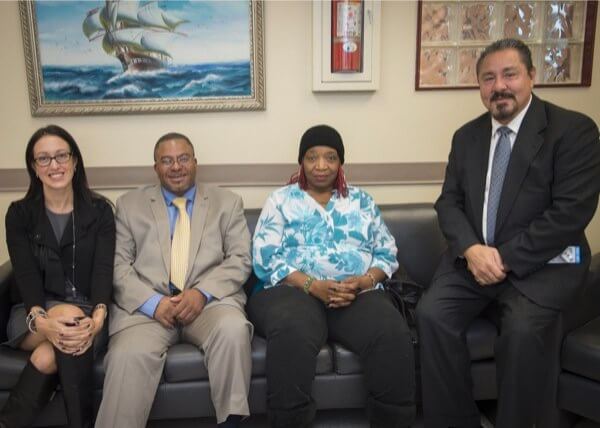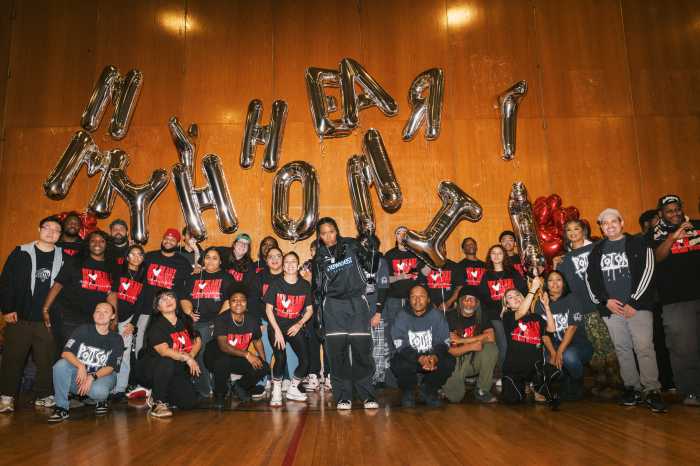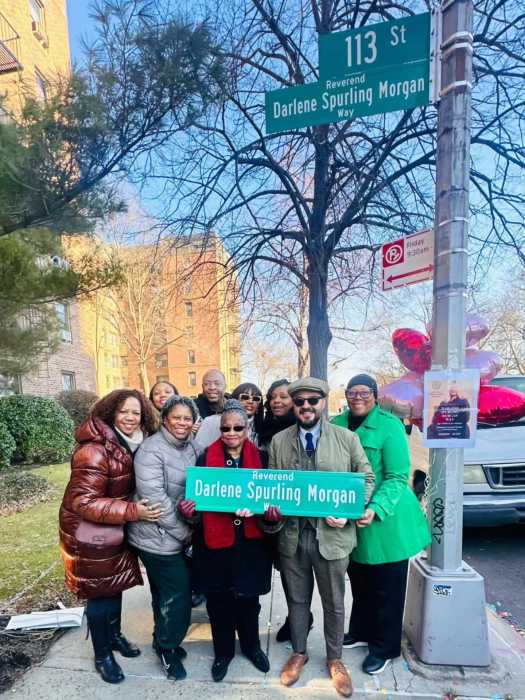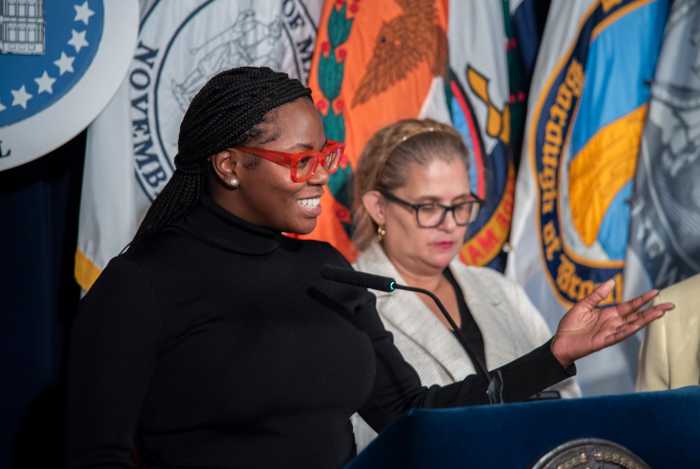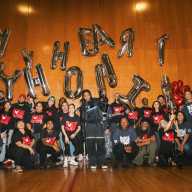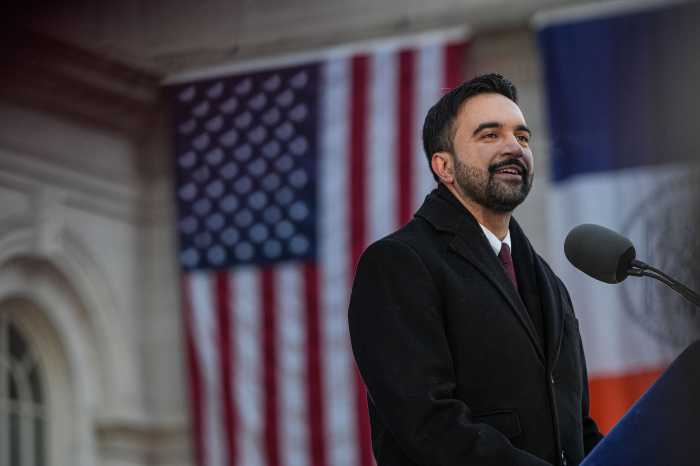By Patrick Donachie
Kenneth Brown did not think the projections for Sandy could be true. As he visited a friend in the Rockaways on the weekend of Oct. 29, 2012, he said he did not imagine what the following weeks of his life would entail when the hurricane hit the city, causing significant damage along the peninsula.
“You would never think it could be like that,” he said. “Cars and trees were floating in the street. At any moment if you went out and you lived near the lowland, you didn’t know if you were going to see a body floating by.”
Brown’s greater challenge came when Sandy’s impact led him to relapse into a drug addiction he was fighting to break. He has now been sober since February of this year, and is an outpatient with Northwell Health’s Far Rockaway Treatment Center at 1600 Central Ave. Brown also took part in Project Restoration, a newly released survey conducted by Northwell Health on the effects Sandy had on survivors’ mental health and substance dependency problems.
Brown, 53, grew up in the Woodrow Wilson projects in Spanish Harlem and served in the Navy for four years. He recalled an early introduction to drugs and alcohol, using cocaine for the first time when he was 17. He was sober when he visited the Rockaways on that fateful weekend while living in a Manhattan facility sponsored by the Fortune Society, which helps individuals with job training and supportive services. . Brown said he never intended to use drugs during the storm, but after the power went out, Brown and his friend had no means of reaching help.
“Next thing I knew, the apparatus was in my hand, and I was getting high, too,” Brown said.
Brown spent about a week on the peninsula, recovering from the storm’s aftermath and struggling with his addiction. He recalled that dealers were already back in the area a day or two after the storm hit, with customers rationing supplies for drugs, including National Guard-issued MREs. Brown said he was able to return to Manhattan after the dollar vans starting running again.
Al Barreto, the program director of the Far Rockaway Treatment Center, said the center is the only state-certified drug treatment center on the peninsula and has suffered from budget cuts in the years since the storm.
“We’re trying to just keep our program going and make ourselves available to the community,” he said. “The continued support of the city is definitely needed.”
Dr. Rebecca Schwartz, the lead investigator for the Project Restoration survey, said her staff reached out to residents of the Rockaways at community events. Schwartz said 1,000 residents have been screened to date, with almost half of the respondents listing significant mental health difficulties. The program has connected 150 of these participants with mental health care.
“Even just making them more aware of their symptoms was a huge first step, but getting them to that first appointment is a big thing,” she said. “We really have hard evidence that natural disasters like a hurricane have mental health effects on a population.”
She said it was more difficult to discern results involving drug use from the survey, speculating that survey-takers were hesitant to speak about addictions they faced.
Mary Washington was one participant who was willing to speak publicly about how Sandy affected her own drug use. Washington was born in Richmond, Va., and when the storm hit, she was living in the Hammel Houses in Far Rockaway.
“I couldn’t believe our neighborhood looked the way it looked,” she said. “A lot of people who were here during Sandy are not here now.”
Washington said her drug use increased in the immediate week after Sandy, as residents took stock of the wreckage. As time went by, she said her drug usage exacerbated other health issues, which led her to speak about her addictions to a doctor. She enrolled in a mental health clinic at Flushing Hospital for a week, and after her discharge, she started visiting the Far Rockaway Treatment Center for outpatient work. This month she will have been sober for a year.
“We need this place,” she said about the center. “We need Rockaway Treatment Center and we need to get it funded.”
She attends counseling and support groups at the facility, where she often sees Brown, who moved to a two-family house in Far Rockaway sponsored by the Fortune Society in 2013 while he continued to battle his addiction. He said he had been sober since February.
“I got tired of getting high and I got tired of smoking crack,” he said. “I put my face to the floor and asked God to take that taste out of my mouth, and he did it.”
Now, Brown and Washington are both receiving additional training at the Northwell facility so they can assist in counseling others struggling with their own addiction battles. Both expressed hope that the center would continue to receive the funding it needed, and Brown implored Rockaway residents to come to the facility if they were in need and fighting a drug dependency.
“If you want the help, come and get the help. The help is there,” Brown said. “We are still people who need to be loved.”
Reach reporter Patrick Donachie by e-mail at pdona

